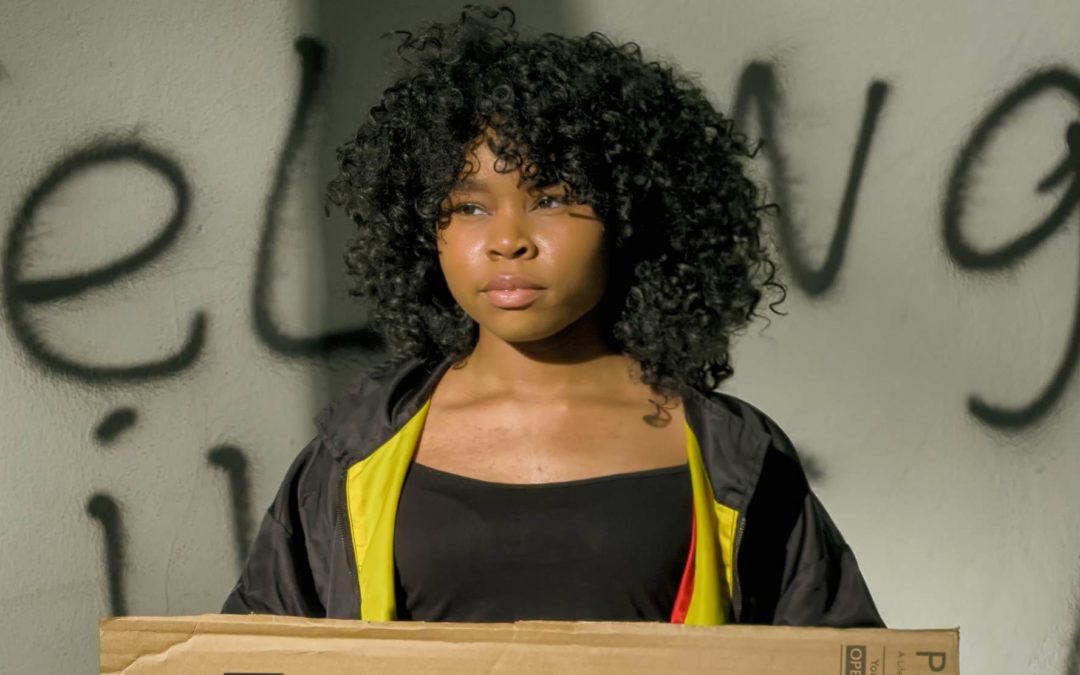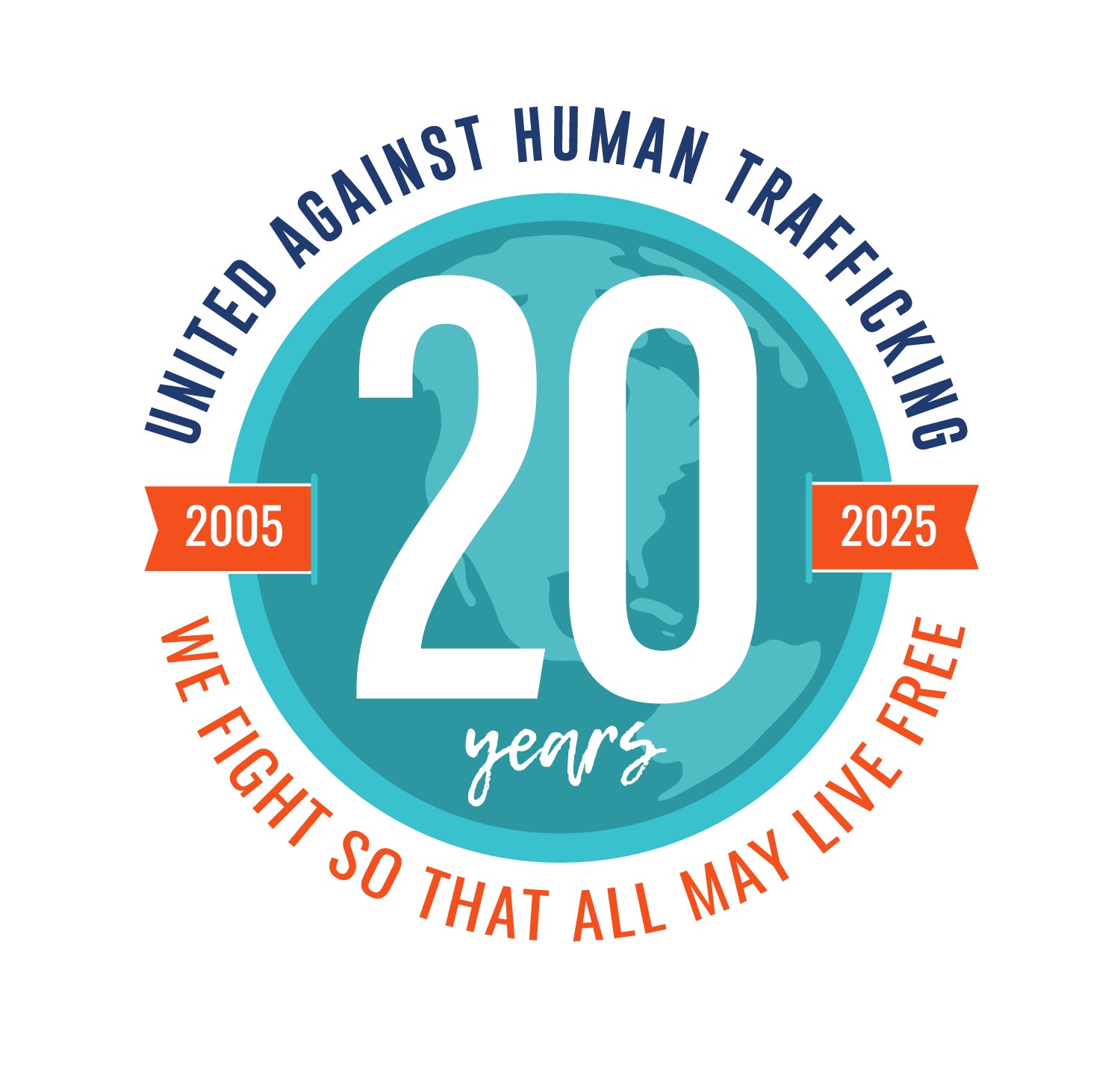
Juneteenth: The History of Slavery and Human Trafficking
Since the murder of George Floyd, all of us – advocates, allies, and detractors alike – have been encouraged to research and learn how the Black community has been impacted by societal and structural racism. I want to take a moment to challenge the idea that slavery is a thing of the past. The ideas that are put forth in this blog are not ones that I came to know from my own experiences. These are what I have learned from my own research into what the African-American community has been through, through the eyes of its’ own community members.
For those who may not be aware, Juneteenth, (also known as Freedom Day and Jubilee Day in its’ earliest iterations) is a holiday that celebrates the news of the Emancipation Proclamation making its way into the most remote locations of Texas, the last of all states to receive the news. This was two and a half years after the initial Emancipation Proclamation, the executive order that effectively ended slavery, was put into effect on January 1st, 1863.
Did this mean that slavery really ended, or did it just take on a new form?
After the Civil War and the Emancipation Proclamation, laws were enacted to disproportionately target and arrest black men with the intention of prison sentences. These prison sentences would be spent on plantations where they were made to work to gain their freedom back. For many of them, this debt-like sentence would last the rest of their life.
100 years later, segregation and Jim Crow laws plagued the nation, until the Civil Rights Movement of the 60’s. The War on Drugs is the next manifestation of this timeline of structural racism. Black men and women were disproportionately impacted by The War on Drugs. From 1980-2010, the number of residents in correctional facilities increased from 300,000 to over 2 million, while crime rates fluctuated and show little correlation to the rise of incarceration. From 1985-2000, the U.S. saw a 1000% increase in drug-related offenses (Alexander, 2012). These drug-related arrests and incarcerations unduly target low-income Black communities. If you want to learn more on the history of structural racism in America, ‘The New Jim Crow’ by Michelle Alexander is an incredible starting point, that made a significant impact in my journey as an ally.
You might ask, how is this related to human trafficking?
Human trafficking, at its’ core is a violation of basic human rights. It is often referred to ‘modern-day slavery.’ Human trafficking, too, impacts the Black community in an alarming way. Black men and women account for approximately 40% of all human trafficking victims domestically (Strother, 2018). In 2012, Black children accounted for 59% of all prostitution arrests (Strother, 2018).
It is extremely important for the anti-trafficking movement to recognize the historical oppression our Black friends, colleagues, family members, community members have all experienced and continue to experience.
We must consider this when we think about impacting change upon this world. Echoing the old adage, ‘We must be the change we wish to see in the world.’ It really does start with us.
Our Commitment to Diversity, Equity, and Inclusion
At UAHT, the conversation around DEI (Diversity, Equity, Inclusion) has been ongoing since my onboarding in January of last year. We also discuss that looking inward is the first step in a lot of processes, but especially when thinking through what change looks like, and how we can bring change in our lives and the lives of those around us.
During these times, we ALL must look inward and see how we are bringing diversity, equity and inclusiveness on a personal level. It is just as important to examine what we are doing to do to the same for our communities and our environment. It starts with hard conversations, not just with those who agree with us, but those who disagree. It starts with opening our hearts, eyes and minds. It starts with you and it starts with me.
